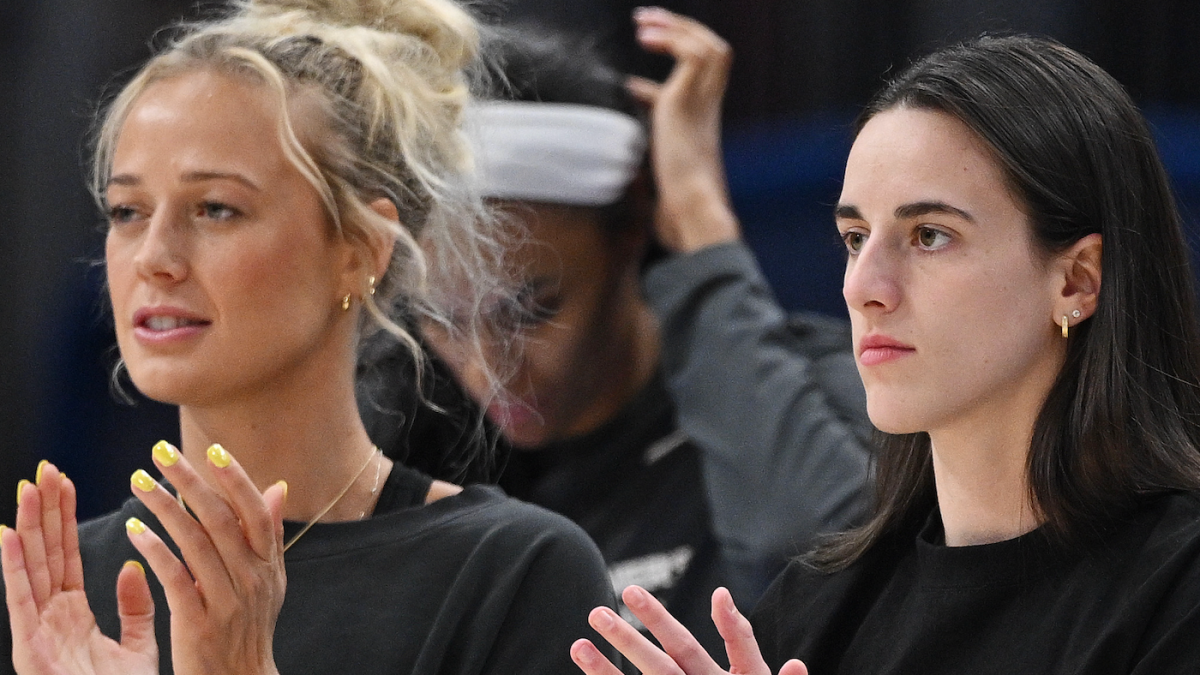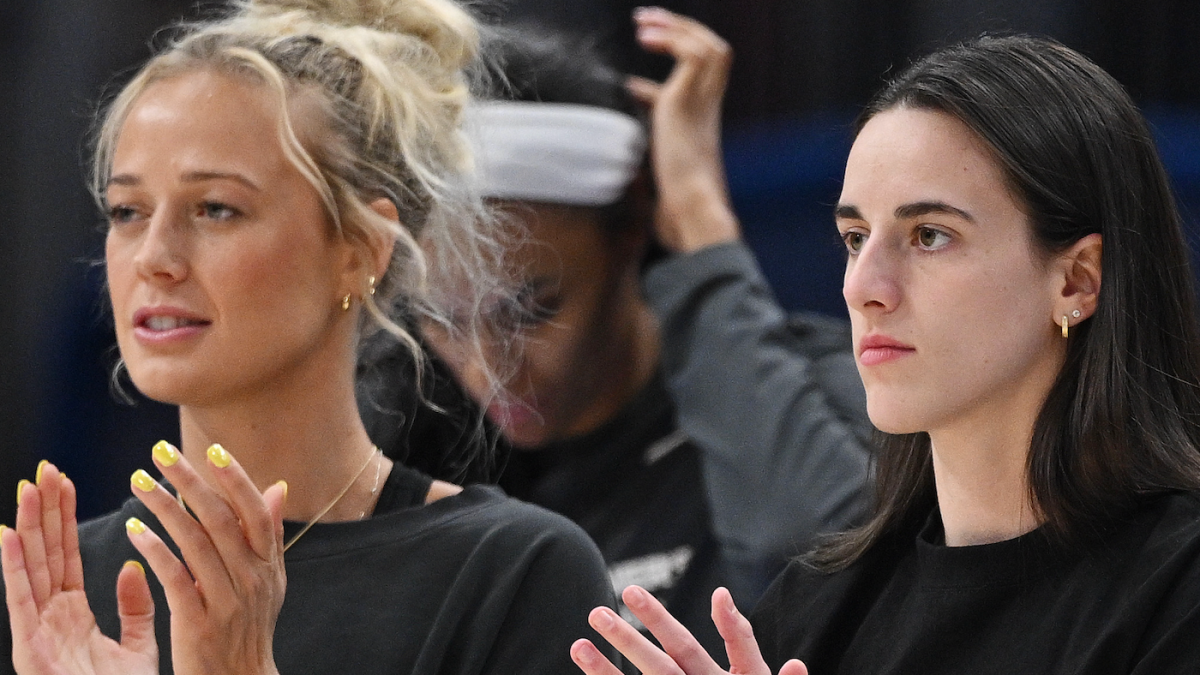The Sophie Cunningham Effect in the WNBA
A Catalyst for Change
The recent spotlight on Indiana Fever guard Sophie Cunningham isn’t about her scoring averages or individual accolades, though her skills are evident. It’s about her display of fierce loyalty and willingness to physically defend teammate Caitlin Clark, sparking a league-wide conversation about player safety and officiating in the WNBA. Cunningham’s actions have transformed her into a fan favorite and a symbol of protective team play, raising questions about the league’s responsibility to safeguard its star players.
The Incident: A Brawl and a Bold Statement
The narrative begins with a heated game between the Indiana Fever and the Connecticut Sun, which nearly escalated into a full-blown brawl. The incident stemmed from aggressive play directed towards Caitlin Clark, the highly publicized rookie sensation. Cunningham responded with a forceful foul, slamming opposing player Dijonai Carrington to the ground, leading to her ejection. However, it wasn’t the foul itself but the reason behind it that ignited the conversation.
Cunningham didn’t shy away from expressing her frustration with the officiating, publicly stating that referees were “not protecting the star player of the WNBA.” This direct criticism resonated deeply with fans who felt Clark was being subjected to unnecessarily physical play and a lack of consistent protection from officials. The incident wasn’t isolated; it was perceived as part of a pattern of aggressive fouls targeting Clark, prompting Cunningham to take matters into her own hands.
The Public’s Embrace: From Teammate to “Bodyguard”
Following the brawl and her outspoken defense of Clark, Cunningham experienced a dramatic surge in popularity. Described by some as Clark’s “bodyguard,” she gained over 800,000 followers on social media and potentially secured a $1 million endorsement deal. This rapid ascent highlights a clear desire among fans for players who are willing to stand up for their teammates, particularly in the face of perceived unfair treatment.
Her unapologetic stance, further amplified by a viral TikTok video, struck a chord with viewers. The video wasn’t a retraction or an apology; it was a reaffirmation of her commitment to protecting Clark. This resonated with a public increasingly weary of what they saw as a lack of accountability and protection for the rookie star. Cunningham’s actions were interpreted not as reckless aggression but as a demonstration of unwavering loyalty and a refusal to allow Clark to be targeted.
The League’s Response: Admission of Error
The WNBA itself acknowledged shortcomings in the handling of the situation. The league admitted that referees made a mistake in the game, implicitly validating Cunningham’s criticism. This admission, while significant, came after Cunningham had already taken a stand, further solidifying her image as a player willing to challenge the status quo.
The league’s delayed response also fueled the narrative that it was only after public pressure, largely driven by Cunningham’s actions and the ensuing media coverage, that they addressed the issue. This raises questions about the league’s proactive approach to player safety and its willingness to protect its star players from excessive physicality.
Beyond the Foul: A Statement About Respect and League Culture
Cunningham’s actions extend beyond a single foul or a single game. They represent a broader statement about respect in the league and the responsibility of teammates to protect one another. Many observers noted that other players seemed hesitant to defend Clark, leaving Cunningham to take on the role of primary protector. This dynamic sparked debate about the unwritten rules of the game and whether Clark, as a newcomer, was being unfairly targeted.
The sentiment expressed by many fans was that Clark shouldn’t have to “earn” respect; it should be afforded to her as a professional athlete. Cunningham’s response was a clear message to opposing teams: cheap shots on Clark would not be tolerated. This proactive defense, while controversial, effectively shifted the narrative and forced opponents to reconsider their approach to playing against the Fever’s star rookie.
The Viral Effect: TikTok and the Amplification of Cunningham’s Message
The power of social media, particularly TikTok, played a crucial role in amplifying Cunningham’s message and solidifying her newfound popularity. Her viral TikTok video, posted after her ejection, wasn’t a carefully crafted PR statement; it was a raw, unfiltered expression of her commitment to Clark. This authenticity resonated with viewers, generating widespread engagement and further fueling the narrative of Cunningham as a fearless defender.
The speed and reach of TikTok allowed Cunningham’s message to bypass traditional media channels and connect directly with fans. This direct connection fostered a sense of authenticity and allowed her to control the narrative surrounding her actions. The viral nature of the video also brought increased attention to the issue of player safety in the WNBA, prompting further discussion and debate.
Implications for the WNBA: A Call for Proactive Protection
The Sophie Cunningham effect has significant implications for the WNBA. It highlights the need for the league to proactively address player safety and ensure consistent officiating. The incident has forced a reckoning with the perception that Clark was being unfairly targeted and that referees were not doing enough to protect her.
Furthermore, Cunningham’s actions have raised the bar for teammate loyalty and defensive play. While her forceful foul was controversial, it demonstrated a willingness to stand up for a teammate that resonated with fans and sparked a broader conversation about the unwritten rules of the game. The WNBA now faces the challenge of balancing player safety with the physicality of the sport, while also fostering a culture of respect and accountability.
A New Standard of Loyalty
Sophie Cunningham’s story is more than just a WNBA brawl; it’s a testament to the power of loyalty, the impact of social media, and the evolving expectations of professional athletes. She didn’t seek to be a viral sensation or a symbol of defiance. She simply acted on her conviction to protect her teammate. In doing so, she inadvertently became a catalyst for change, forcing the league to confront its own shortcomings and sparking a conversation about player safety and respect. Cunningham’s actions have set a new standard for teammate loyalty in the WNBA, and her story will undoubtedly be remembered as a pivotal moment in the league’s ongoing evolution.












